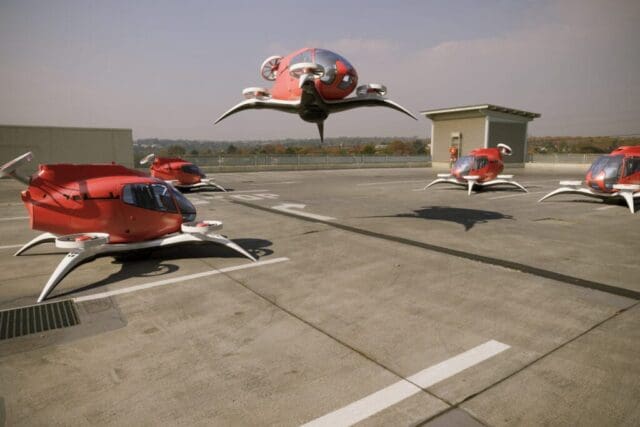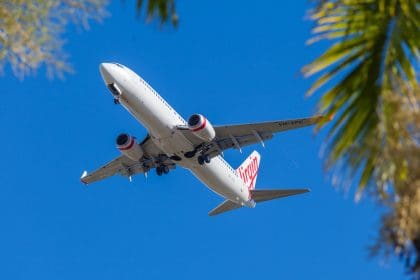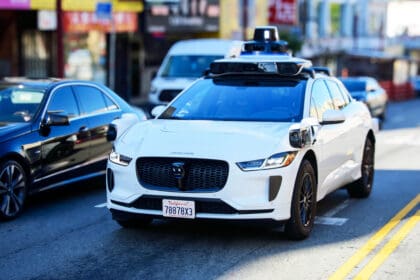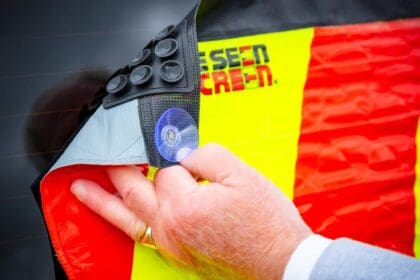It might seem hard to believe, but passengers will be using flying taxis years before we all make the switch from petrol and diesel cars to EVs.
While the ban on the sale of new petrol and diesel vehicles in the UK is 11 years away, in just four years, the Government expects flying taxis and drones to be making routine flights around the UK.
The Government has produced a Future of Flight action plan which expects the first piloted flying taxi flight by 2026 and regular services by 2028. It also expects emergency services drones and regular drone deliveries by 2027, with trials of “autonomous flying taxis without pilots on board by 2030”.
Small steps
But before people start imagining a world of science fiction, where we fly everywhere instead of driving, the reality will be very different. The action plan paves the way for pilotless aircraft taking passengers short distances between destinations, and not one in which flying taxis pick up passengers in the high street, or from the supermarket.
In a bid to reduce pollution and congestion, the Government wants to change the way people and goods are transported and the action plan gives the green light to tech industries to develop these technologies.
As with electric cars, battery range and charging time are key to developing the new technology so they can stay in the air longer and be powerful enough to travel the required distances safely.
Former Aviation and Technology Minister Anthony Browne said: “Cutting-edge battery technology will revolutionise transport as we know it – this plan will make sure we have the infrastructure and regulation in place to make it a reality.
“From flying taxis to emergency service drones, we’re making sure the UK is at the forefront of this dramatic shift in transportation – improving people’s lives and boosting the economy.”
Progress
Flying taxis made by Vertical Aerospace in Bristol are already being put through their paces by the Civil Aviation Authority (CAA).
As well as developing vehicle technology, the Government wants to improve infrastructure to make drone and autonomous aircraft travel routine. The plan is that they will operate from small aerodromes which will be dedicated for vertical take-off and landing electric aircraft.
Security and safety protocols are also being addressed in the action plan.
As well as transporting passengers and goods, the new technology can be used to help in other areas, such as “finding and repairing faults quicker on our railways with fewer delays and cancellations for train passengers, providing new connections across the UK and using technology to help our emergency services”.
Revolution
Sophie O’Sullivan, head of future safety and innovation at the UK Civil Aviation Authority, said: “Aviation stands on the cusp of its next, potentially biggest, revolution since the invention of the jet engine. Drones, eVTOL and other different vehicles have the potential to change transportation options forever.”
The action plan is a major commitment to helping autonomous and drone technologies to develop. But the idea behind it is not to take vehicles off our roads and make them airborne. The future is not to remove traffic from our roads and shift it to the skies. Instead, it will allow key services – or at least, parts of them – to operate in different, more efficient ways.
While some fares might use a flying taxi to get from one town to another, taxi drivers will continue to play a vital role in the community, whether it is picking up fares at a train station, the shops and supermarket, or for a night out.




